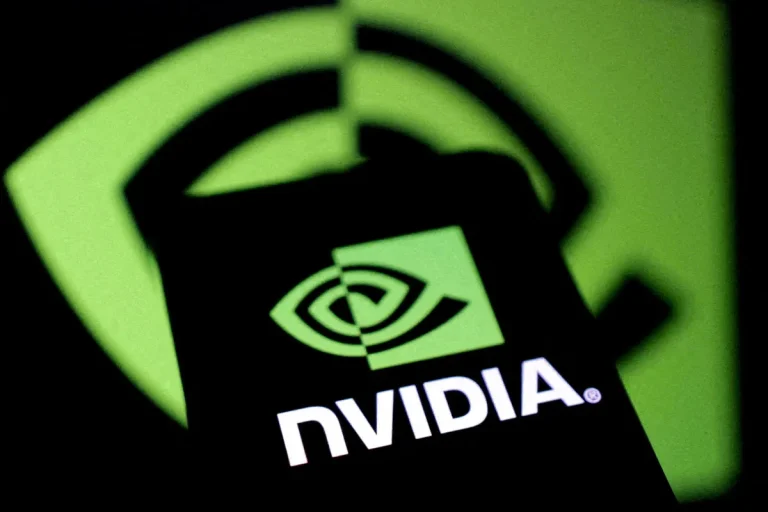
Decoding Alien Patterns with Xenowatch: A Deep Dive into Its Advanced Technologies

In an era where space exploration is no longer a distant dream but a burgeoning reality, the quest to understand potential extraterrestrial intelligence is gaining momentum. One of the frontrunners in this fascinating endeavor is Xenowatch, a groundbreaking technology that promises to unravel the enigmatic patterns associated with alien phenomena. This article delves into the advanced technologies that Xenowatch employs to decode these alien patterns, offering insights into the future of interstellar discoveries.
The Genesis of Xenowatch
Xenowatch was conceived as a response to the growing need for advanced tools capable of analyzing unexplained signals and patterns from outer space. Initially a collaborative project between leading space agencies and research institutions, Xenowatch has evolved into a sophisticated platform with an array of cutting-edge features designed to detect and interpret alien communications.
The development of Xenowatch is rooted in the principles of advanced signal processing and machine learning. By leveraging these technologies, Xenowatch can sift through vast amounts of data, identifying anomalies that could signify intelligent extraterrestrial activity. The platform has also been instrumental in enhancing our understanding of cosmic phenomena, offering new perspectives on the universe’s hidden mysteries.
Key Technologies Behind Xenowatch

At the heart of Xenowatch lies an intricate network of technologies that work in unison to decode alien patterns. These include advanced signal processing algorithms, machine learning models, and a state-of-the-art data visualization system.
- Signal Processing Algorithms: These algorithms play a crucial role in filtering out noise from raw data collected by telescopes and satellites. By isolating potential signals of interest, Xenowatch enables researchers to focus on patterns that could indicate alien technology. For more on signal processing, you can explore the principles of signal processing.
- Machine Learning Models: Xenowatch employs machine learning to analyze complex datasets, identifying patterns that might be overlooked by traditional methods. These models are continuously trained and refined, improving their accuracy and capability to detect intelligent signals.
- Data Visualization: The visualization tools within Xenowatch allow scientists to view data in a comprehensible manner, facilitating easier interpretation and hypothesis formation. The visual representation of data is crucial for identifying trends and anomalies that may not be immediately apparent.
Decoding Alien Patterns
The primary objective of Xenowatch is to decode and interpret alien patterns. But what exactly constitutes an alien pattern? These are signals or anomalies in data that deviate from natural cosmic activity, suggesting a potential extraterrestrial origin. Xenowatch’s algorithms are designed to recognize these deviations, prioritizing them for further analysis.
One of the significant challenges in decoding alien patterns is differentiating between natural and artificial signals. Many cosmic phenomena, such as pulsars and quasars, emit signals that could easily be mistaken for alien communications. Xenowatch addresses this challenge by using a combination of artificial intelligence and human expertise to validate its findings.

For those interested in the complexities of cosmic signals, the Chandra X-ray Observatory is a valuable resource for understanding cosmic phenomena and their signals.
Case Studies: Breakthroughs in Alien Signal Detection
Xenowatch has already made significant strides in the field of alien signal detection. Among its many achievements, several case studies stand out, demonstrating the platform’s potential to revolutionize our understanding of the cosmos.
The Fast Radio Bursts: Fast Radio Bursts (FRBs) are one of the most enigmatic phenomena in astronomy. Xenowatch has been instrumental in analyzing these bursts, which are intense blasts of radio waves originating from distant galaxies. By applying its advanced algorithms, Xenowatch has helped narrow down potential sources and mechanisms behind these mysterious signals.
The Search for Technosignatures: Technosignatures are indicators of advanced alien technology, such as artificially produced light or radio emissions. Xenowatch’s capability to scan millions of stars for these signatures marks a significant step forward in the search for extraterrestrial intelligence. For more on technosignatures, you can visit the SETI Institute.
Challenges and Future Prospects
Despite its successes, Xenowatch faces several challenges. The vastness of space and the sheer volume of data present significant hurdles in terms of processing and storage. Additionally, the need for continuous updates to its machine learning models to keep pace with new discoveries is a persistent challenge.

Looking ahead, the future prospects for Xenowatch are promising. The integration of quantum computing could revolutionize data processing speeds, while advancements in artificial intelligence could enhance the accuracy of detecting alien patterns. Furthermore, as more powerful telescopes and satellites are deployed, the volume and quality of data available to Xenowatch will continue to improve, potentially leading to groundbreaking discoveries.
For those interested in the future of space technology, the SpaceX website provides insights into upcoming missions and innovations.
Takeaways
Xenowatch represents a monumental leap forward in our quest to understand the universe and our place within it. By decoding alien patterns, it opens the door to potential contact with extraterrestrial civilizations, offering a glimpse into the vast possibilities that lie beyond our earthly confines. As technology continues to advance, the potential for Xenowatch to revolutionize our understanding of the cosmos remains boundless, promising exciting discoveries and new frontiers in the search for intelligent life.
Expanding the Reach of Xenowatch: Collaborative Efforts
The success of Xenowatch is not solely attributed to its technological prowess but also to the collaborative efforts of various scientific communities across the globe. The platform serves as a hub for international cooperation, where data and findings are shared to enhance the collective understanding of potential extraterrestrial signals.
Collaborative efforts include partnerships with global observatories and space agencies, which provide Xenowatch with a diverse array of data sources. This synergy allows for cross-validation of findings, ensuring that identified patterns are thoroughly vetted by multiple independent entities. Such collaborations are crucial, as they bring together experts from different scientific backgrounds, fostering an environment of innovation and discovery.

The Role of Citizen Science in Xenowatch
One of the unique facets of Xenowatch is its integration with citizen science initiatives. By engaging the public in the analysis of data, Xenowatch taps into a vast pool of untapped resources. Citizen scientists contribute by reviewing signals, identifying anomalies, and even developing new algorithms to enhance the platform’s capabilities.
This participatory approach not only accelerates the research process but also democratizes the field of extraterrestrial exploration. Programs like Zooniverse have successfully engaged the public in scientific research, setting a precedent for similar initiatives in the realm of alien pattern decoding.
Ethical Considerations in Alien Signal Detection
As Xenowatch continues to push the boundaries of our understanding, it inevitably raises ethical questions surrounding the search for extraterrestrial intelligence. The potential discovery of alien life poses significant implications for humanity, prompting discussions about how such information should be handled and communicated.
Ethical considerations include the privacy of potential extraterrestrial civilizations and the consequences of public disclosure. Researchers must tread carefully, balancing the pursuit of knowledge with the responsibility of managing sensitive information. Organizations like the United Nations have frameworks in place to guide international protocols in the event of such discoveries.
Educational Impact and Public Engagement

Beyond its scientific contributions, Xenowatch plays a pivotal role in education and public engagement. By making complex scientific concepts accessible, it inspires a new generation of astronomers, engineers, and scientists. Educational programs and workshops associated with Xenowatch aim to cultivate curiosity and foster a deeper appreciation for the universe’s mysteries.
Public engagement is further enhanced through interactive exhibits, documentaries, and online platforms where individuals can explore the intricacies of alien signal detection. These initiatives not only educate but also empower people to participate actively in the ongoing search for extraterrestrial intelligence.
The Philosophical Dimension: What If We Are Not Alone?
The pursuit of alien signals with Xenowatch inevitably brings forth philosophical questions about humanity’s place in the universe. The potential confirmation of extraterrestrial life challenges long-held beliefs and could transform our understanding of existence.
Philosophers and theologians alike ponder the implications of such a discovery, exploring topics such as the uniqueness of human life and the potential for interstellar communication. The dialogue surrounding these issues enriches the scientific endeavor, providing a holistic view of the potential ramifications of finding intelligent life beyond Earth.
Conclusion: A New Frontier in Cosmic Exploration
Xenowatch stands at the forefront of a new era in cosmic exploration, bridging the gap between science fiction and reality. By leveraging advanced technologies and fostering global collaborations, it enhances our understanding of the universe and our place within it. As we continue to decode the enigmatic patterns of the cosmos, Xenowatch serves as a beacon of innovation, guiding us toward the profound discovery that we may not be alone in the universe.
With each decoded signal, we inch closer to unraveling the mysteries that have captivated human imagination for centuries, opening new horizons in our quest for knowledge and understanding.



